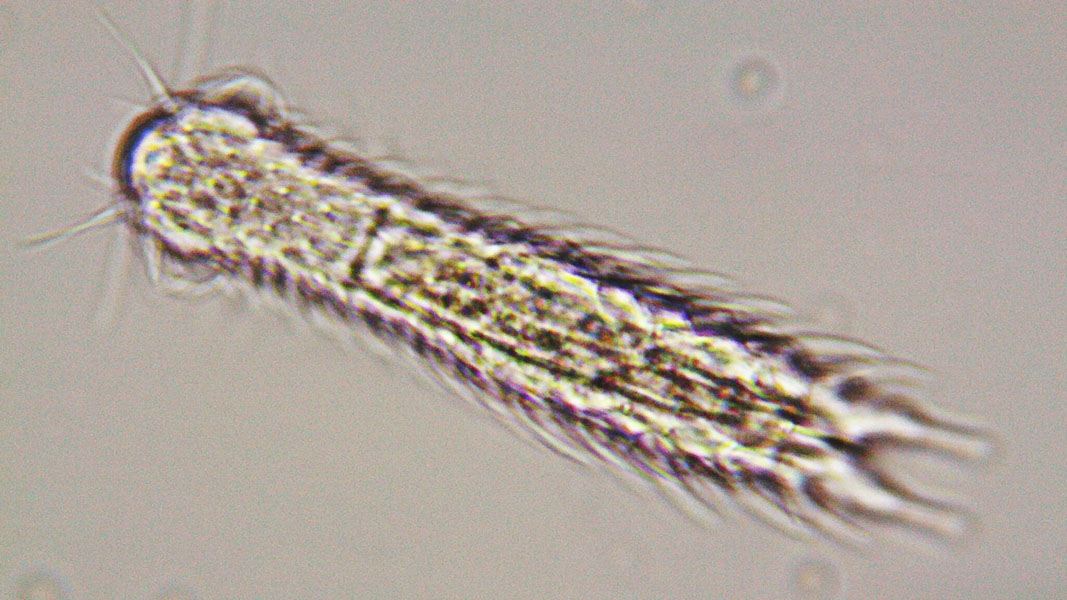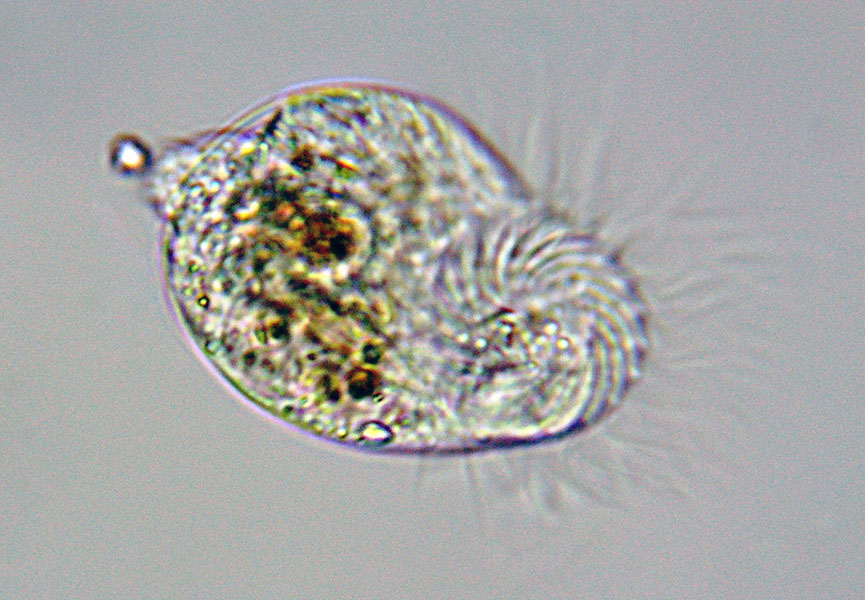Microscopic Aquatic Life
Gastrotricha
A type of microscopic animal, lives in almost all aquatic ecosystems. Gastrotricha have an enlarged head that seamless attaches to its body. Their entire body is covered by a spiny or scaly cuticle and cilia used for locomotion. Gastrotricha can be from 0.1 millimeter to 1.5 millimeters in length. Gastrotricha are also commonly referred to as a type of zooplankton.

Heliozoa
A type of unicellular microorganism, found in freshwater. Heliozoa are protists with spherical bodies and stiff and slender axopodia. Axopodia are varying lengths and extend from the spherical center of heliozoa. The axopodia are used for feeding by trapping food sources.

Mosquito Larvae
Can be found just below the surface of the water. If anything disturbs them, they will move further down the water column. Mosquito larvae can be identified by their wormlike body and large head and abdomen. Along their body, mosquito larvae have hair like projections. Once the larvae finish developing, they will leave the water and continue their life cycle.


Rotifers
A type of microscopic animal, have a variety of shapes and sizes, but similar features. Rotifers have one or two rotating ciliary organs attached to their head. Rotifers use their rotating organ, their corona, to move and to feed. Rotifers also have a tail-like structure know as a foot that aids in locomotion. Each species of rotifer can have a different body shape, foot length, corona size, or even number of corona. Rotifers are another example of zooplankton.


